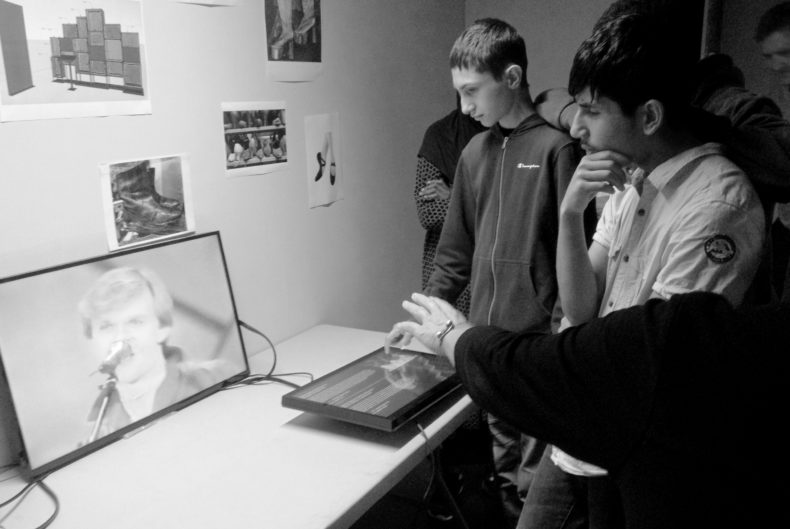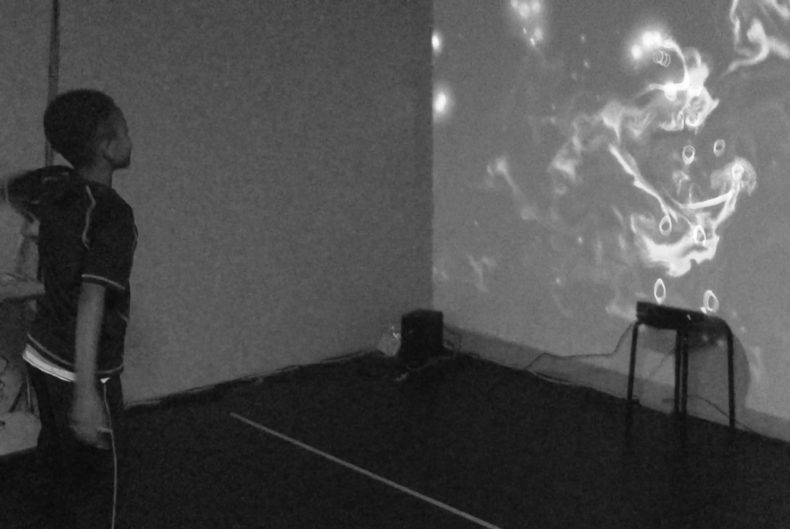In September 2016, Digital Heritage Center conducted user studies at the Swedish Museum of Performing Arts. The aim of the study was to gather information about how the four installations could be improved before being completed and installed at the museum. The study included the following target audiences: children, teenagers, young adults, people with disabilities (cognitive, physical, visual) and professionals in the field of interaction design, museology and digital heritage. A total of six tailored focus groups, with 6-10 people in each group, were held with each target audience between 21-30 September 2016. Feedback was collected with a questionnaire and discussions with the focus group facilitators. The MIQS method provided a framework for the collection of feedback about the installations. A report was provided to summarize findings.
The MIQS method was developed at the Vision for Museums research lab in 2006, and combines the study of use qualities of digital artifacts (Stolterman and Löwgren, 2004) together with museum studies (Gottlieb, 2011). Valuable insights can be gained by discussing an installation in terms of its use qualities and can inform a study about how to enhance its visitor engagement and the overall exhibition theme. Incorporating this into museum studies and the field of digital heritage provides a systematic approach to describing important features of an installation and exhibition space as a whole.
- Partner:
Swedish Museum of Performing Arts
- Focus group facilitator:
Laura Gottlieb


